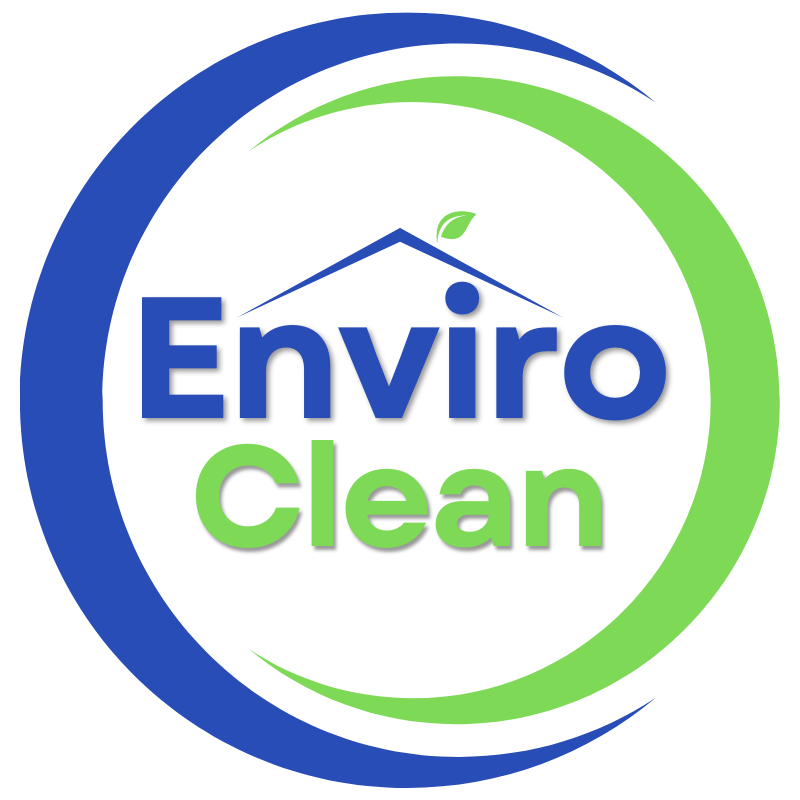Introduction:
As technology continues to advance, innovative pressure washing technologies are revolutionising the cleaning industry. These cutting-edge solutions promise increased efficiency, improved results, and reduced environmental impact. In this exploration, we’ll look at the pros and cons of some innovative cleaning technologies, shedding light on their potential impact on the future of cleaning.
Innovative Cleaning Technologies:
Ultrasonic Cleaning:
Ultrasonic cleaning utilises high-frequency sound waves to agitate a cleaning solution, effectively removing dirt, grime, and contaminants from surfaces. This technology offers several benefits:
Pros:
– Enhanced Cleaning Power: Ultrasonic waves penetrate surface pores and crevices, thoroughly cleaning even the most stubborn stains.
– Reduced Water Consumption: Ultrasonic cleaning requires minimal water compared to traditional pressure washing methods, making it a more environmentally friendly option.
– Versatility: Ultrasonic cleaning can be used on a wide range of materials, including metals, plastics, and ceramics, making it suitable for various cleaning applications.
Cons:
– Equipment Cost: Ultrasonic cleaning equipment can be expensive to purchase and maintain, especially for large-scale cleaning operations.
– Limited Effectiveness on Large Surfaces: While effective for small or intricate items, ultrasonic cleaning may not be practical for cleaning large surface areas such as building exteriors or driveways.
Nano-coating Technology:
Nano-coating technology involves applying a thin protective coating to surfaces, creating a hydrophobic barrier that repels water, dirt, and contaminants. Here are the pros and cons:
Pros:
– Long-lasting Protection: Nano-coatings provide durable protection against dirt, UV rays, and environmental damage, extending the lifespan of treated surfaces.
– Easy Maintenance: Surfaces treated with nano-coatings are easier to clean and maintain, requiring less frequent washing and reducing the need for harsh cleaning chemicals.
– Environmental Benefits: By reducing the frequency of cleaning and the use of chemical cleaners, nano-coatings contribute to environmental sustainability.
Cons:
– Application Challenges: Applying nano-coatings requires specialised equipment and expertise, which may increase the cost and complexity of the cleaning process.
– Limited Durability: While nano-coatings offer long-lasting protection, they may wear off over time, especially in high-traffic or harsh environments, requiring reapplication.
Automated Pressure Washing Systems:
Automated pressure washing systems utilise robotics and artificial intelligence to automate the cleaning process, improving efficiency and consistency. Here are the pros and cons:
Pros:
– Increased Efficiency: Automated pressure washing systems can complete cleaning tasks faster and more efficiently than manual methods, saving time and labour costs.
– Improved Safety: By reducing the need for manual labour in hazardous or hard-to-reach areas, automated systems enhance worker safety and minimise the risk of accidents.
– Consistent Results: Automated systems deliver consistent cleaning results, ensuring uniformity across large surface areas and reducing the likelihood of missed spots.
Cons:
– High Initial Investment: The upfront cost of purchasing and installing automated pressure washing systems can be significant, limiting adoption for smaller businesses or homeowners.
– Limited Adaptability: While effective for routine cleaning tasks, automated systems may struggle to adapt to unique or irregular surfaces, requiring human intervention for complex jobs.
Conclusion:
The future of cleaning is bright with the emergence of innovative technologies. From ultrasonic cleaning and nano-coating technology to automated pressure washing systems, these advancements promise to revolutionise the way we clean and maintain our surroundings. While each technology offers its own set of pros and cons, their collective impact is undeniable, paving the way for more efficient, sustainable, and effective cleaning solutions.
As we embrace these innovations, it’s essential to weigh the benefits and drawbacks carefully and consider suitability for specific cleaning applications. By leveraging the power of technology responsibly, we can usher in a new era of cleaning that prioritises efficiency, sustainability, and superior results. The future of cleaning is here, and it’s brighter than ever before.

